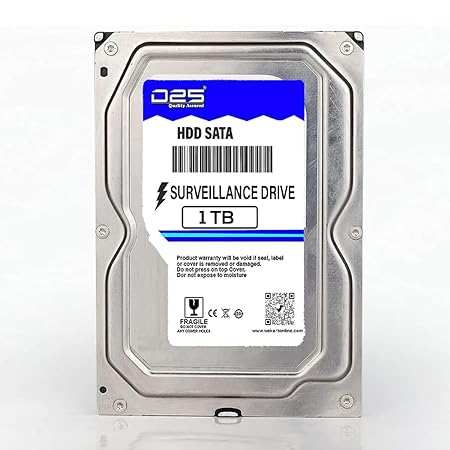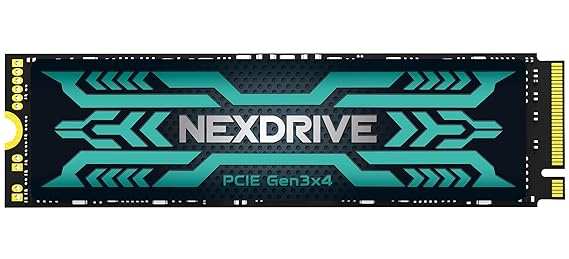In today's fast-paced digital world, speed and efficiency are more important than ever, especially when it comes to data storage. With the increasing demand for faster load times and improved performance, Solid State Drives, or SSDs, have emerged as the gold standard for both casual users and professionals alike. Among the top contenders in the SSD market, SanDisk stands out with a reputation for reliability and speed, making their products a popular choice for those looking to elevate their computing experience.
SanDisk SSDs are designed to offer remarkable performance, whether you are gaming, editing videos, or simply browsing the web. With their advanced technology and high storage capacities, SanDisk has created solutions that cater to a variety of needs. In Hard Disk Wiki , we will delve into the features and benefits of SanDisk SSDs, helping you unlock the full potential of your devices and understand why they are an essential investment for anyone seeking enhanced speed and functionality.
Types of SanDisk SSDs
SanDisk offers a variety of SSDs designed to meet different needs and preferences. The SanDisk SSD Plus is an entry-level option, providing a significant speed upgrade over traditional hard drives. read more is ideal for everyday computing tasks, such as browsing, streaming, and light gaming. It comes in various storage capacities, making it a versatile choice for casual users looking to boost their device's performance.

For those requiring higher performance, the SanDisk Extreme series stands out with its impressive read and write speeds. These SSDs are designed for enthusiasts and professionals who engage in demanding activities like video editing, gaming, and large file transfers. The Extreme line often includes features such as rugged designs and enhanced durability, suitable for users who need reliability in various environments.
Lastly, SanDisk's Extreme Portable SSDs combine performance with portability. These models feature a compact, lightweight design that makes them perfect for on-the-go professionals or creatives who need to access their files anywhere. With high-speed data transfer capabilities and robust build quality, they offer a great balance between accessibility and performance for users who are frequently traveling or working in different locations.
Performance Comparison

When it comes to performance, SanDisk SSDs stand out in a crowded market. https://www.harddiskprice.in/collections/internal-hard-disk are designed to deliver impressive read and write speeds, which can significantly enhance your overall computing experience. For instance, the SanDisk Extreme Pro series offers read speeds up to 3400 MB/s and write speeds around 3000 MB/s, making them ideal for tasks that require fast data access, such as gaming or video editing.
In comparison to traditional hard drives, SanDisk SSDs provide a dramatic performance boost. Users can expect near-instant boot times, rapid file transfers, and smooth multitasking capabilities. Whether you are running demanding applications or simply browsing the web, the performance efficiency of SanDisk SSDs minimizes lag and improves system responsiveness.
Moreover, when looking at alternatives from competitors, SanDisk SSDs maintain a competitive edge. While other brands may offer similar speed ratings, SanDisk combines speed with reliability. https://www.harddiskprice.in/collections/sata-ssd build quality and advanced data management features ensure that performance remains consistent over time, even under heavy workloads. Users can trust SanDisk SSDs for both speed and longevity, making them a top choice for anyone looking to upgrade their storage solution.
Installation and Setup
Installing your SanDisk SSD is a straightforward process that can significantly enhance your computer's performance. Start by ensuring you have all the necessary tools, including a screwdriver and an anti-static wrist strap. Before installation, it's essential to back up any important data from your current drive. Once you're prepared, open your computer case and carefully remove the existing hard drive or the appropriate mounting bracket for the SSD.
Next, connect the SanDisk SSD to your motherboard using the SATA cable, and attach the power cable to your drive. If you are installing the SSD in a laptop, make sure it fits securely in the designated slot. Afterward, reassemble your computer case, ensuring everything is correctly fastened. Turn on your computer and enter the BIOS to confirm that the SSD is recognized and set as the primary boot device if you wish to install your operating system on it.
Once the physical installation is complete, you can proceed with the setup process. Boot your computer and install any necessary drivers that may be required for the SSD to function optimally. If Sandisk ssd using this SSD as a secondary drive, format it using your operating system’s disk management tools to make it ready for use. Finally, transfer your data or install new applications to take full advantage of the speed and performance that a SanDisk SSD offers.
